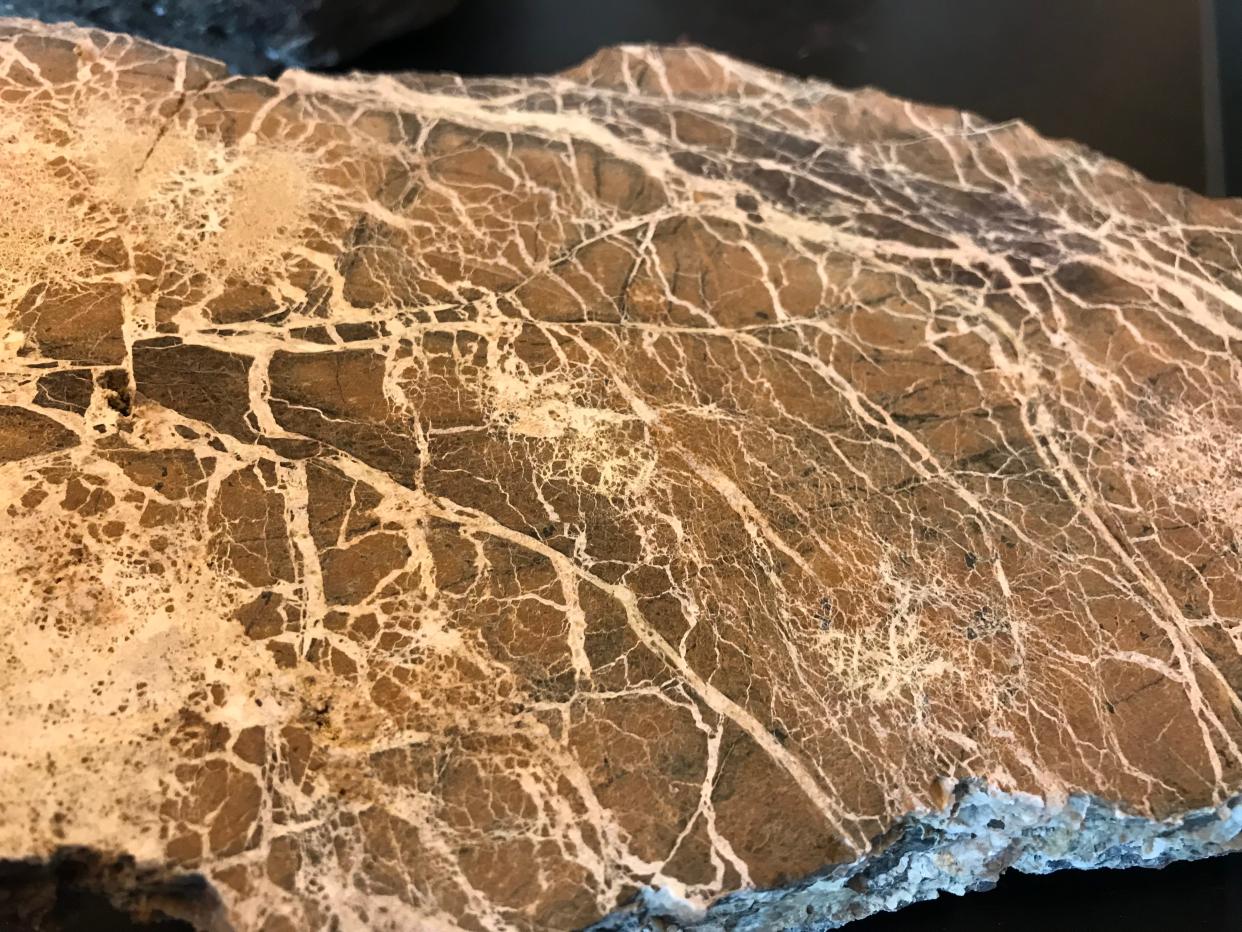Earth mantle discoveries show how sciences are connected

When I was in elementary school I remember getting very excited about a major science venture taking place at that time. Called Project Mohole, it was an attempt to drill through the crust into Earth’s mantle.
The mantle is 1,800 miles thick, and makes up a whopping 84% of our planet’s volume. It is extremely important to us here on the surface because it is where many earthquakes and volcanoes originate.
The boundary between the crust and the mantle is called the Mohorovičić discontinuity (hence Project Mohole), after its discoverer, the Croation seismologist Andrija Mohorovičić. He identified it in 1909 based on sudden marked changes in the velocity of seismic waves as they passed from one layer into the other.
Phase 1 of Project Mohole took place March-April 1961. Drilling took place off the Pacific coast of Mexico, and used one of the first ships designed for deep water offshore oil drilling. Drilling in the ocean was required because on land the boundary between the crust and mantle is 20 to 25 miles deep but averages only 4 miles under the oceans.They drilled five holes - the deepest went 601 feet below the sea floor in 11,700 feet of water - showing that the technology worked.
Phase 1 was a resounding success, but the project faltered on differing views of goals and sharply escalating costs. Funding was canceled in May of 1966, and the project was never completed.
Now, six decades later, we may finally be getting unaltered samples of Earth’s mantle. Last month scientists aboard the JOIDES Resolution, a ship capable of drilling in 27,000 feet (about 5 miles) of water, obtained more than 4,100 feet of core from the Atlantis Massif, a mountain on the bottom of the sea in the north Atlantic.
The core contains a greenish-grey rock called peridotite, which is composed mostly of the minerals pyroxene and olivine. Peridotite is the main component of the mantle. Samples obtained so far may not be pristine mantle, as they show some alteration by sea water, but the deeper they drilled the less altered the samples became.
Getting to the mantle was not the main goal of this project, which was looking for clues to the origin of life on Earth. Evidence points to hydrothermal vents as the most likely place for life to have started. One kind of these vents are called “black smokers,” which are underwater geysers that emit black clouds of dissolved minerals that, upon contacting the cold sea water, precipitate, forming large chimney-like structures.
At the nearby “Lost City” group of hydrothermal vents, reaction of peridotite with sea water releases hydrogen, an energy source for microbes. The vents there are not black smokers but “white smokers”, produced by the venting of cooler alkaline water rather than hot acidic water.
It shows once again how all the sciences are connected, in this case geology, biology and chemistry.
Dale Gnidovec is curator of the Orton Geological Museum at Ohio State University.
This article originally appeared on The Columbus Dispatch: Earth mantle discoveries show how sciences are connected

